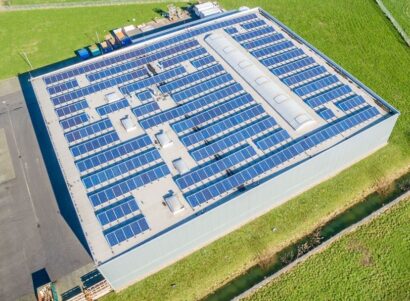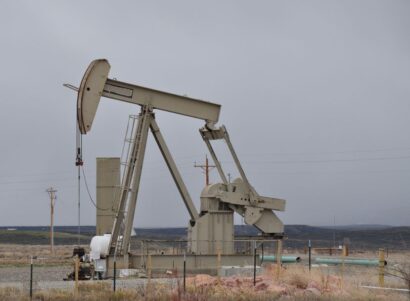Background
Through an executive order and state legislation, New Mexico has committed to cutting greenhouse gas emissions 45 percent by 2030 and required all utilities to decarbonize their electricity supply by 2045.
In light of these ambitious climate policies, a team of researchers from PSE Healthy Energy and the University of New Mexico analyzed large stationary sources of climate- and health-damaging pollution—including fossil fuel-fired power plants, oil refineries, gas processing plants and compressor stations, manufacturing plants, and landfills—in New Mexico. The report includes a location-based analysis and provides suggestions for maximizing the public health and climate benefits of state policies.
This research was informed by engagement with community organizations participating in Power4NewMexico, and the Center for Civic Policy served as an advisor and fiscal agent. The project was funded by a grant from the Environmental Defense Fund.
Findings
- The report identifies 189 stationary sources that together contribute approximately 25 percent of the state’s climate pollution, as well as health-damaging air pollutants such as sulfur dioxide, nitrous oxides, particulate matter, and volatile organic compounds. The facilities responsible for the largest share of this pollution come from the electric power and oil and gas sectors, with other large stationary sources including mines, manufacturing facilities, airports, and universities.The researchers also conducted an analysis of where large sources are located throughout the state and determined that there may be equity benefits in reducing emissions in areas with a high percentage of people of color, lower-income people, or people with health vulnerabilities.Based on their analysis, the researchers found that:
- Large stationary sources contribute approximately one quarter of New Mexico’s greenhouse gas emissions
- Large stationary sources are significant contributors of health-damaging air pollutants
- Oil and gas and electric power sectors are the largest contributors of health-damaging air pollutant emissions among large stationary sources
- Smaller “large sources” are important contributors of health-damaging pollution
- Many large stationary sources are located in communities with a high proportion of people of color or low-income households
- Four areas stand out as regions with clusters of large stationary sources:
- San Juan Basin: San Juan, Rio Arriba, and McKinley counties include 65 large facilities, 56 of which are in the oil and gas sector. This region has a very high population of Native American residents.
- Permian Basin: Chaves, Lea, and Eddy are home to 69 facilities, 53 of which are in the oil and gas sector.
- Albuquerque, Bernalillo, and Sandoval Counties: The metropolitan area has the largest population in the state and contains 15 large stationary sources, including a mine, landfills, manufacturing, an airport, and the university.
- Las Cruces and Dona Aña County: Nine large stationary sources are situated in this region, and three facilities are located in low-income communities of color in Sunland Park.
 Figure 1: Large Stationary Source Emitters and People of Color Percentile
Figure 1: Large Stationary Source Emitters and People of Color Percentile

Figure 2: Large Stationary Source Emitters and Low-Income Percentile[/caption]
Policy Implications
The report’s findings suggest that climate policies that focus solely on achieving aggregate greenhouse gas emission reductions can allow health-damaging air pollution to persist. To mitigate this risk, the authors offer analysis and policy recommendations to maximize the public health and climate benefits of state policies.
- Reducing GHG emissions from large stationary sources provides opportunities to reduce health-damaging air pollutants
- Public health benefits require actual GHG emission reductions from in-state facilities
Including “smaller” large sources increases public health benefits - Policies focusing on the oil and gas sector are one way to increase health benefits
- Policies focusing on regional clusters could also increase health benefits
- Prioritizing enforcement at high-emitting facilities could be a useful complementary strategy
- Policymaking processes should ensure impacted communities have a seat at the table
- The state should consider creating a more robust data program and conducting disparate pollution analyses
- A comprehensive policy also needs to address transportation, small distributed sources, and buildings

 Report
Report






